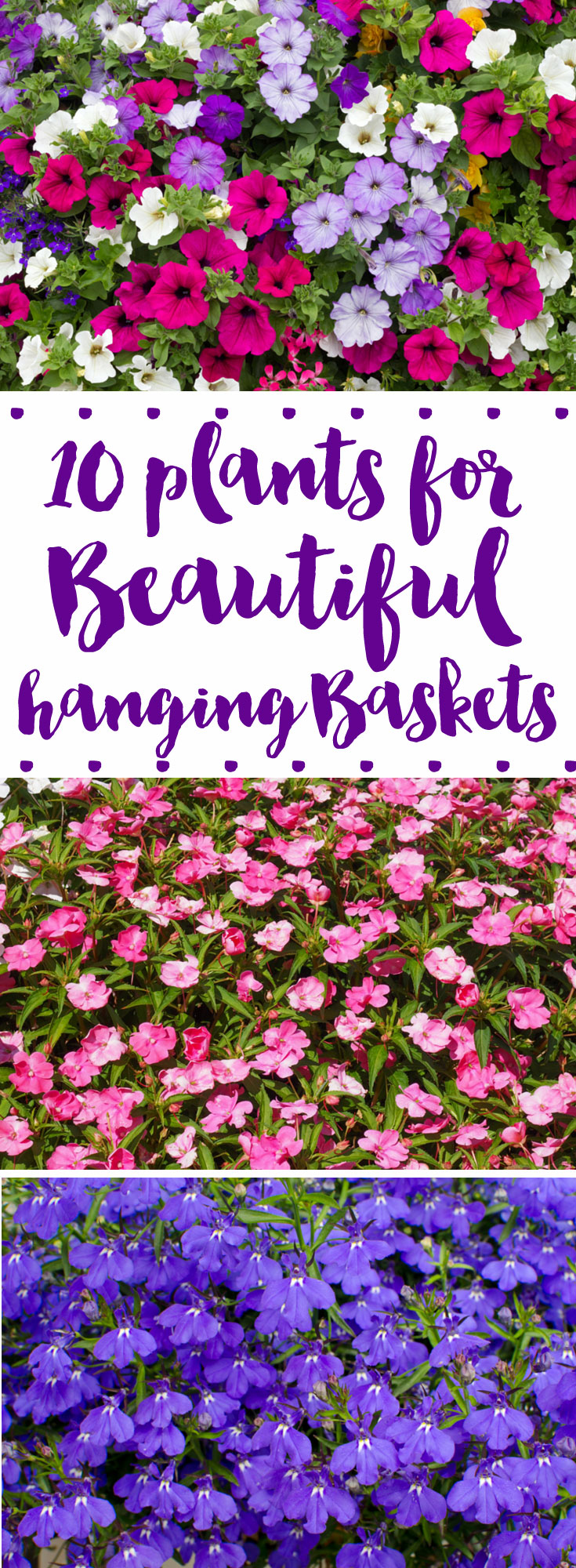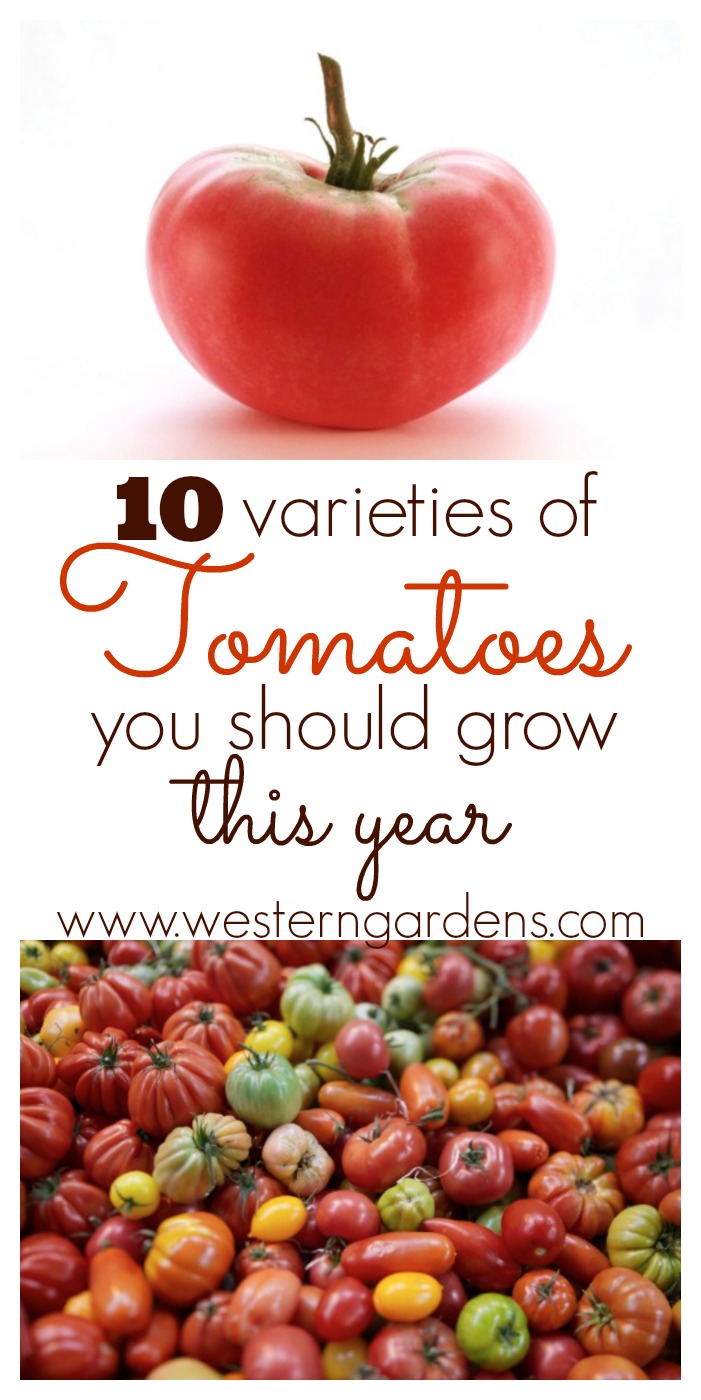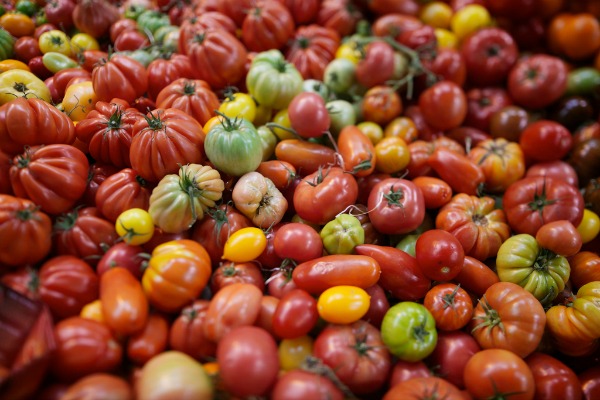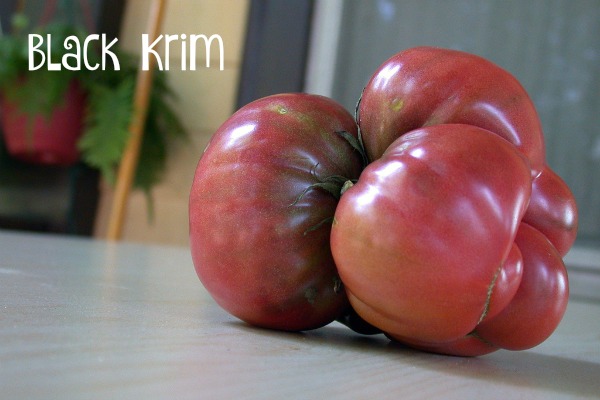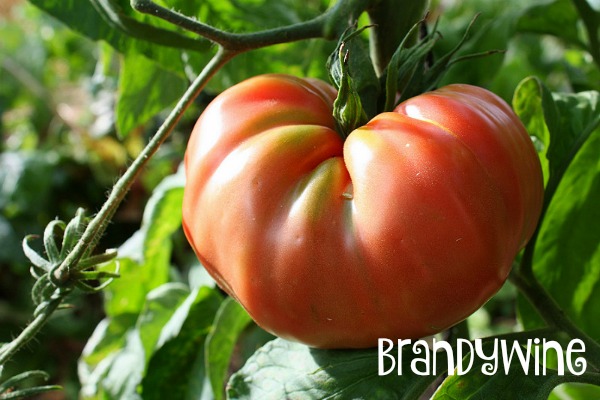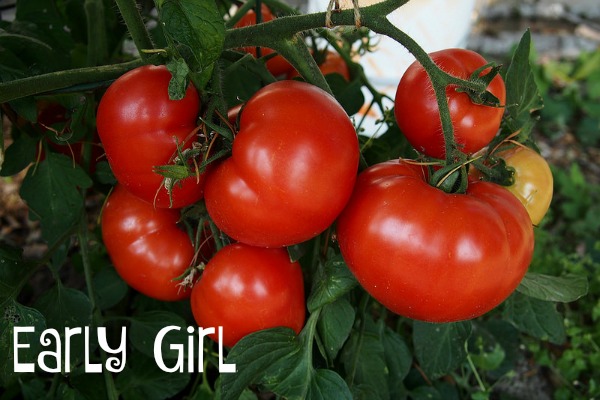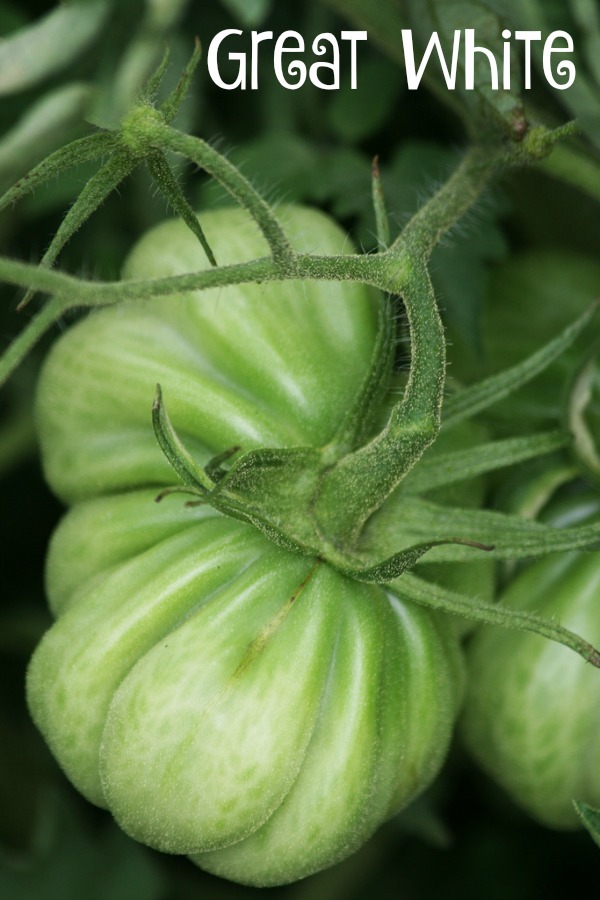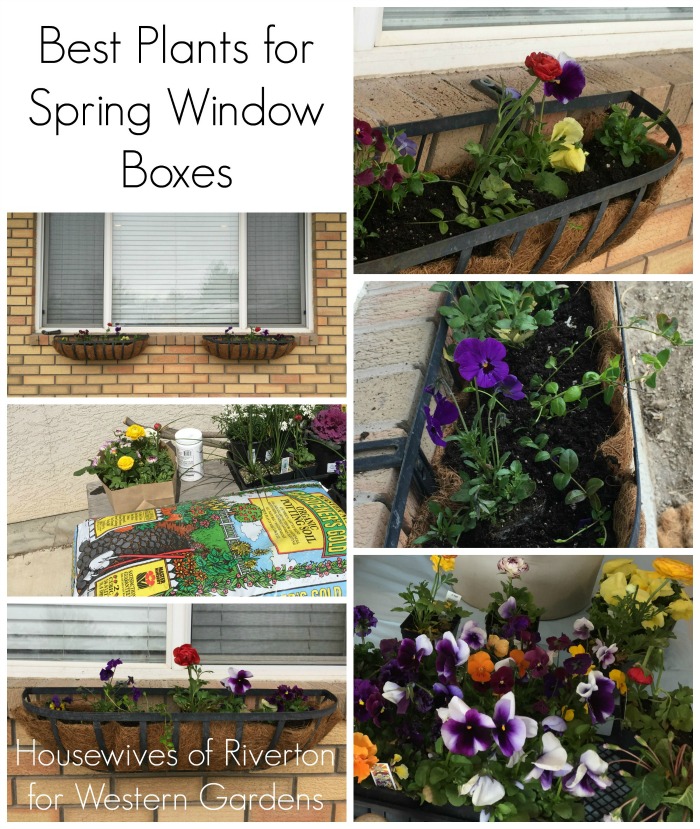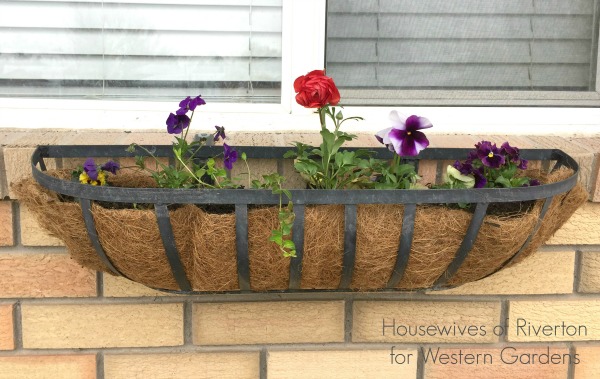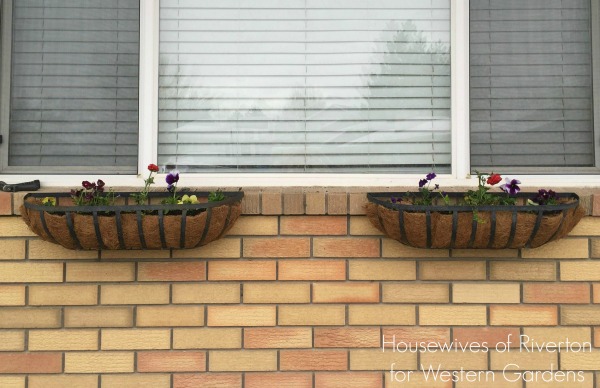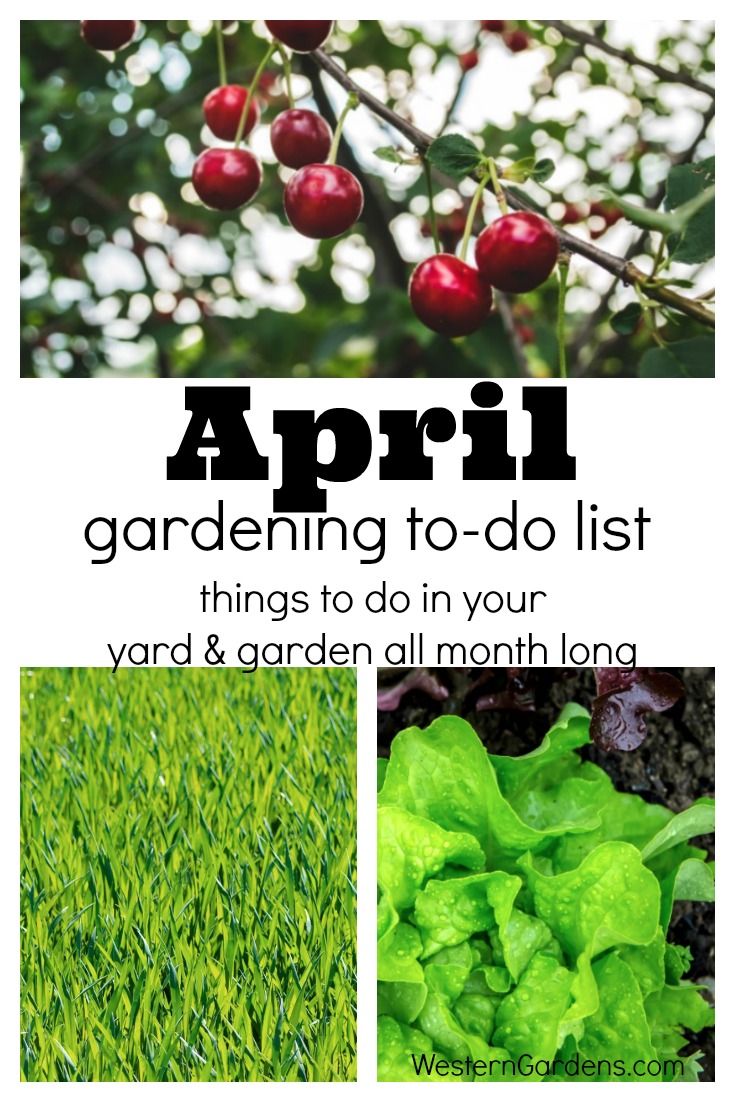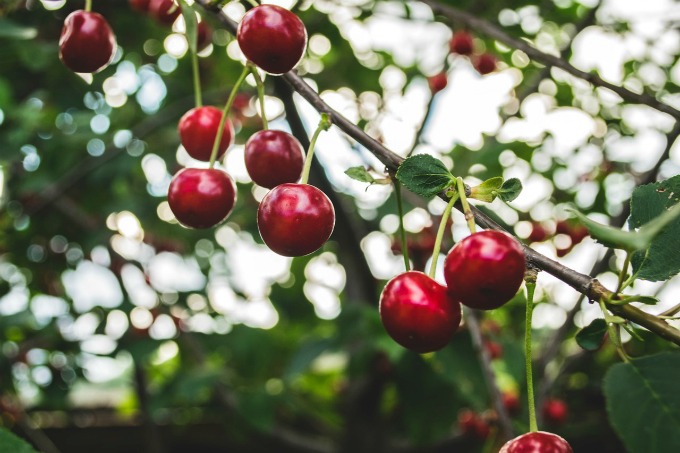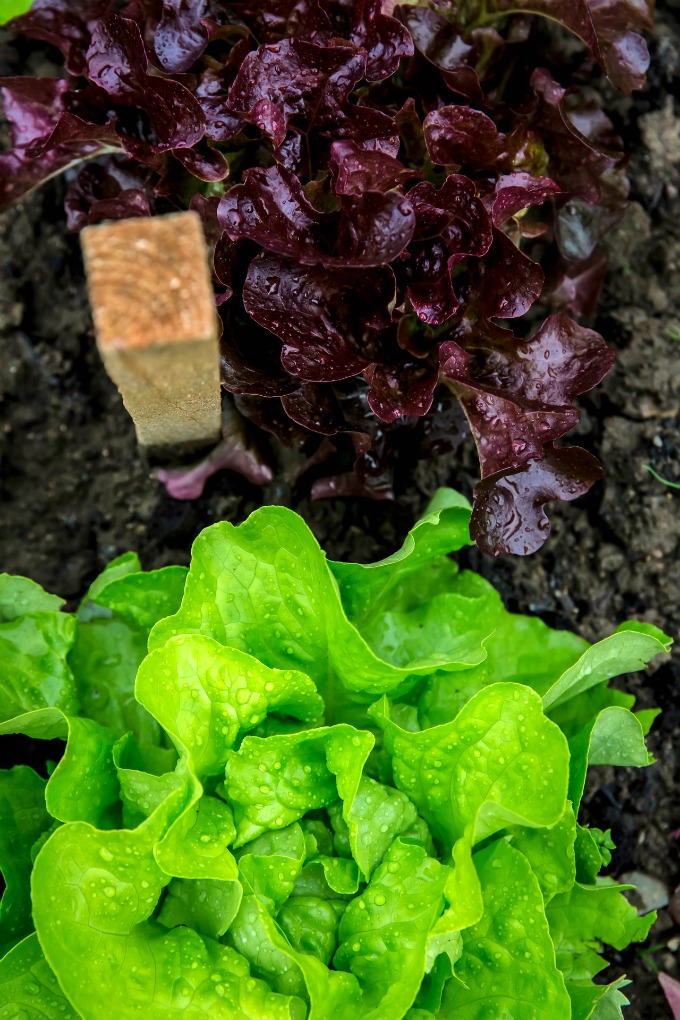Welcome, I’m so glad you’re here!
Do you ever see gorgeous hanging baskets that are filled to the brim with blooms cascading down over the sides, and wonder what kind of flowers they are? And how you can get your hands on some to beautify your own yard?!
Hanging baskets can add so much to a sunny wall, or brighten up shady areas with flowers that flourish in the shade. I also love giving hanging baskets as a gift for those who are getting up in age or have bad knees, because there is no kneeling down in the dirt required, and choosing the appropriate flower can bring the receiver blooms from the summer months, on up to the fall!
If you have ever wondered what the best flowers for hanging baskets are, I’ve got you covered!
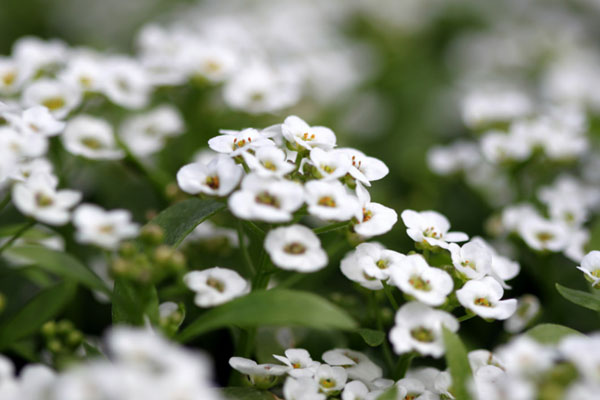
One of the most important things you need to consider is if the space you want to decorate has full sun, or if it is in the shade most of the day. If you plant sun-loving flowers in the shade, they won’t thrive. The same is true if you plant shade lovers in the sun.
You can have each hanging basket dedicated to one type of flower, or you can mix different flowers in each basket giving different colors and textures. Just be sure to put Shade Lovers together and Sun Lovers together! Also make sure you get the trailing variety of flower for your hanging baskets.
